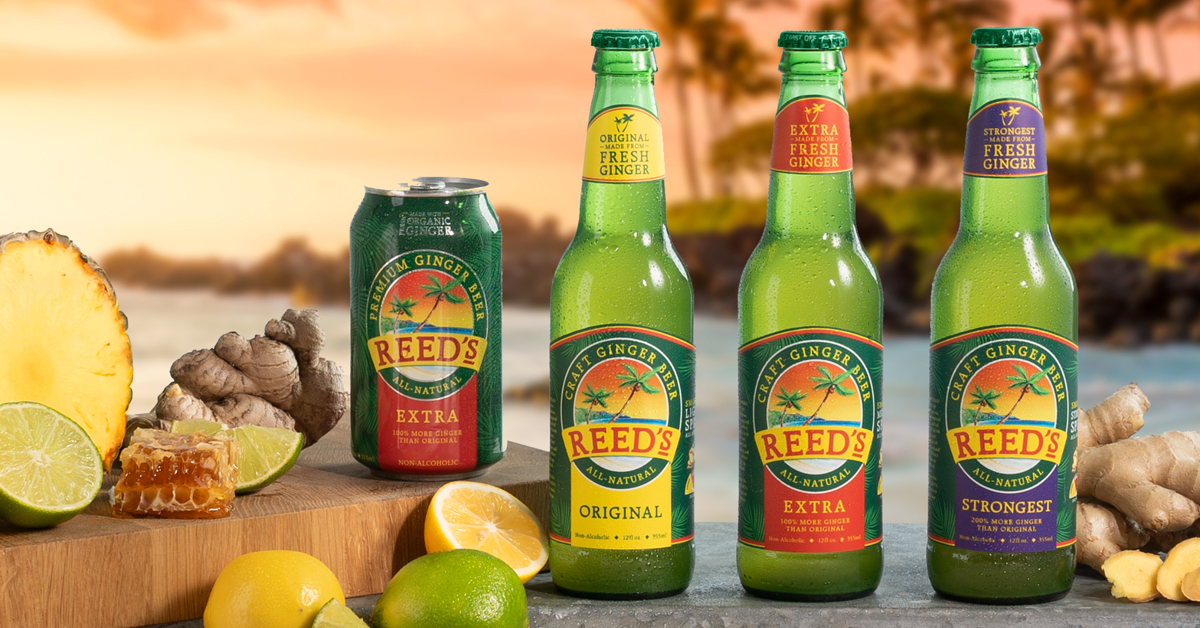
After announcing $5.6 million in new capital on Wednesday, Reed’s leadership expressed optimism during its Thursday morning Q1 earnings call that it will achieve cash flow positive by the end of year.
Reed’s reported a 25% decline in delivery and handling costs compared to the first quarter last year with expenses down 27%. Operating loss improved to -$2.6 million from -$4.2 million in Q1 2022. Yet sales slumped by about $1 million, hitting $11.2 million this past quarter compared to $12.2 million in the same period last year.
CEO Norman E. Snyder attributed the lower sales to tightening of credit terms from several suppliers that “impacted our ability to purchase inventory and fulfill order volume.”
The lack of inventory and subsequent “inflated rate of short order shipments” is estimated to have cost the company $1.6 million in net sales during the quarter, Snyder said. Despite that, Reed’s is expecting net sales to grow during the year with full-year gross margins surpassing 30% and operating savings of about $6 million.
Reed’s modified EBITDA improved to -$2.3 million this quarter compared to -$3.8 million during the same period last year.
In light of inventory challenges, earlier this week Reed’s announced a $5.6 million dollar investment, including $4.1 million in PIPE issuance, led by new investment partner Hong Kong private equity firm D&D Source of Life Holding. D&D contributed $3 million with Reed’s largest shareholder Union Square Park Capital Management and Chairman of the Board John Bello adding around $500,000 each.
The company also secured $1.5 million through bridge financing with existing holders of convertible notes. The working capital is expected to accelerate growth by building up inventory and floating general operational costs.
The partnership with D&D includes a mutually beneficial import/export agreement that will leverage the new investor’s distribution network in Asia to bring Reed’s products to new markets on the continent while also providing D&D a similar arrangement for its “innovative beverage products” that will be distributed by the ginger ale maker in the U.S., Snyder said.
As part of this strategy, the company announced it would soon be kicking off what it calls its “concentrate model” in the United Kingdom as a way to reduce freight costs on shipping finished products overseas. Once the kinks are worked out in Europe, the company plans to take that model to its production and distribution partners in China.
Snyder highlighted how the recent appointment of Chris Burleson as Reed’s new CCO in February has already yielded positive results with distribution growing in natural channel stores (Whole Foods) as well as conventional grocers like Meijer and Kroger subsidiary Roundy’s in the Midwest.
Reed’s reported that ginger ale sales grew 20% and ginger ale-based sales had doubled year-over-year. Leadership expressed that the beverage brand was continuing its process of prioritizing cans over glass bottles, as reflected in the product mix that had aluminum cans growing to 34% of sales in Q1.
When asked during the question-and-answer section about the brand’s strategy with its RTD cocktail products, Snyder said the company has adopted the “mile deep, inch wide” growth philosophy with positive results.
“Rather than spread ourselves real thin,” Snyder added. “We’re staying focused on five or six primary retailers in approximately five markets (Pac-Northwest, SoCal, metro Phoenix area, metro New York area and New England) to build a success story that we can take elsewhere.”
At the time of publication, Reed’s stock was down about 11.5% on Thursday, closing the day trading at about $3 per share.